- H-23/ B Abul Fazal Enclave, New Delhi - 110025, INDIA
Call Us (Indian)
(+91 ) 7827791242
Call Us (International)
(+91 ) 7827791242
Email Us
info@globlaregenex.com
(+91 ) 7827791242
(+91 ) 7827791242
info@globlaregenex.com
Neuroblastoma is a rare but aggressive cancer that primarily affects infants and young children. Originating from immature nerve cells, or neuroblasts, it frequently develops in the adrenal glands located on top of the kidneys however can also occur in other areas of the stomach, chest, neck, and pelvis.
The disease’s presentation varies widely, starting from localized tumors with favorable outcomes to aggressive forms that metastasize to distant organs. Symptoms can also encompass stomach swelling, ache, changes in bowel habits, and bone pain if the cancer has spread.
Diagnosis commonly entails a combination of imaging studies which include ultrasound, CT scans, MRI scans, and bone scans, together with biopsy and laboratory exams to verify the presence of neuroblastoma and determine its stages and aggressiveness.
Treatment techniques depend on several factors, which include the kid’s age, tumor size, and stage of the disorder. Options may additionally encompass surgical intervention to get rid of the tumor, chemotherapy, radiation therapy, stem cell transplant or bone marrow transplant, and immunotherapy.
Prognosis varies extensively based totally on the tumor’s characteristics and the child’s reaction to treatment. While some instances of neuroblastoma are curable, others may be more difficult to deal with, particularly if the most cancers have spread extensively.
Ongoing studies into the underlying genetic and molecular mechanisms of neuroblastoma is paving the manner for more targeted and effective treatments, offering hope for improved effects and high-quality of life for families and children affected by this challenging disorder.
There are various stages of neuroblastoma and the diagnostic process for this condition encompasses the staging and classification of the disorder, crucial for devising treatment techniques and establishing a prognosis. The International Neuroblastoma Staging System (INSS) delineates the various stages, outlined under:
Listing the some most known causes of neuroblastoma:
Genetic Mutations: Mutations in particular genes associated with cellular growth, differentiation, and development can result in uncontrolled nerve cell proliferation, leading to the formation of neuroblastoma tumors. These mutations may additionally arise spontaneously or be inherited from mother and father.
Chromosomal Abnormalities: Changes in certain chromosomes or DNA segments may additionally contribute to neuroblastoma development. Examples consist of deletions or duplications of genetic material, disrupting normal cell processes.
MYCN Amplification: A heightened presence of copies of the MYCN gene is connected to a more aggressive variant of neuroblastoma.
Neuroblastoma Predisposition: Inherited genetic mutations diagnosed in certain families increase the probability of the development of neuroblastoma. These mutations enhance the nerve cells’ susceptibility to tumor formation.
Environmental Factors: Although not fully confirmed, certain prenatal ecological exposures might contribute to neuroblastoma risk. Maternal exposure to specific chemicals, drugs, or infections could potentially affect the disease development.
Age: Neuroblastoma is most regularly diagnosed in youngsters under five, suggesting that early childhood developmental processes may play a role in its onset.
Neuroblastoma manifests with signs and symptoms starting from mild to severe, contingent on both the tumor’s location and the disorder stage. Typically, indicators rise up when the most cancers have already disseminated throughout the body. Recognizable symptoms encompass:
As neuroblastoma progresses, extra signs might also emerge, including:
Neuroblastoma, the most prevalent form of cancers in infants, is normally recognized in children before the age of 5. In some cases, prenatal ultrasound exhibits neuroblastoma in unborn babies.
To confirm a neuroblastoma diagnosis, your infant’s healthcare provider conducts a physical and neurological examination, assessing nerve function, reflexes, and coordination. Various tests may be ordered to affirm the prognosis and evaluate the extent of cancer spread:
A bone marrow transplant (BMT) holds significant healing promise in the treatment of neuroblastoma, a childhood cancer originating from immature nerve cells. In instances wherein the disease has metastasized or proven resistant to conventional treatments, a BMT can be a vital intervention.
The process includes replacing the patient’s diseased or damaged bone marrow with healthy stem cells, commonly obtained from a well-suited donor. For neuroblastoma, the intention of the transplant is to eradicate most cancers cells and permit the infusion of new healthy stem cells to repopulate the bone marrow.
High-dose chemotherapy or radiation is administered before the transplant to eliminate the remaining cancer cells, essentially wiping out the affected person’s current bone marrow. The transplanted stem cells then engraft inside the bone marrow and start producing healthful blood cells, restoring the affected person’s immune system.
While a BMT for neuroblastoma carries inherent challenges and potential risks, consisting of possible complications and the want for a suitable donor, it can be a life-saving option for cases where traditional treatments fall short. Ongoing research and improvements in transplantation strategies maintain to refine the effectiveness and safety of BMTs for neuroblastoma, providing hope for improved positive outcomes and long-term remission in pediatric cancer sufferers.
Our comprеhеnsivе program for trеating neuroblastoma in India еxtеnds ovеr a thrее-day pеriod and is organizеd as outlinеd bеlow:
Day 1:
Day 2:
Day 3:
Notе to Remember:
Where is neuroblastoma usually located?
Neuroblastomas normally arise in the adrenal gland (most frequently), paraspinal ganglia, and on occasion within the thorax, pelvis, and cervical areas. Infants often present with neck or thoracic masses; even as older children generally exhibit abdominal masses.
Why is neuroblastoma referred to as the silent tumor?
Neuroblastoma earns its moniker as the “silent tumor” due to the fact around 60% of affected children already harbor metastases by the time the disease manifests noticeable symptoms or gets a diagnosis.
What triggers neuroblastoma in infants?
The specific cause of neuroblastoma in children stay elusive to medical professionals. It’s plausible that there might not be an identifiable external cause to account for the abrupt genetic mutation leading to neuroblastoma.
Can neuroblastoma occur in adults?
Although neuroblastoma primarily affects children underneath the age of 5, occurrences in adults are highly rare. Merely 6% of all neuroblastoma cases are stated in sufferers over the age of 20.
What role does bone marrow transplant play in neuroblastoma treatment?
In neuroblastoma treatment, bone marrow transplant serves to fill up depleted blood cells following intensive chemotherapy. Stem cells, which originate inside the bone marrow and mature into various cell types, including with infection-fighting white blood cells, are infused to restore blood cell levels and bolster the body’s immune reaction towards the cancer.
Bone marrow transplant (BMT) emerges as a transformative treatment choice for neuroblastoma, a challenging pediatric most cancers affecting the sympathetic nervous system. Potential improvements post-BMT include:
Eradication of Residual Cancer Cells: BMT includes the infusion of healthy donor stem cells, that could assist take away residual most cancers cells in the bone marrow and peripheral blood, reducing the threat of disease recurrence.
Immune System Reconstitution: The transplanted stem cells facilitate the rebuilding of the immune device, strengthening the body’s ability to recognize and destroy neuroblastoma cells.
Increased Treatment Tolerance: BMT permits for extra intensive chemotherapy or radiation therapy, as the transplanted stem cells can replenish the bone marrow, minimizing treatment-related side effects.
Potential for Long-Term Remission: Successful BMT can lead to sustained remission, providing a chance for long-term disease control and improved survival rates.
Consolidation of Treatment Gains: BMT serves as a consolidation therapy, ensuring that any gains achieved through previous treatments are fortified, reducing the likelihood of disorder relapse.
While the challenges of neuroblastoma are formidable, the potential enhancements provided by using BMT offer hope for improved outcomes and an increased overall quality of life for young sufferers grappling with this complex and aggressive cancer. Ongoing studies and medical trial’s aim to further refine BMT protocols, ushering in new opportunities for more effective and targeted treatment strategies.
Bone marrow transplant (BMT) performs a pivotal role in treating neuroblastoma, a cancerous tumor that forms in nerve tissue. The mechanism involves a multi-step method designed to eliminate cancerous cells and reconstitute a healthy blood and immune system.
While bone marrow transplant for neuroblastoma is a complicated process, it offers a potential curative technique by way of replacing diseased cells with healthy ones, contributing to the overall control of this aggressive childhood cancer.

Neuroblastoma is a rare but aggressive cancer that primarily affects infants and young children. Originating from immature nerve cells, or neuroblasts, it frequently develops in the adrenal glands located on top of the kidneys however can also occur in other areas of the stomach, chest, neck, and pelvis.
The disease’s presentation varies widely, starting from localized tumors with favorable outcomes to aggressive forms that metastasize to distant organs. Symptoms can also encompass stomach swelling, ache, changes in bowel habits, and bone pain if the cancer has spread.
Diagnosis commonly entails a combination of imaging studies which include ultrasound, CT scans, MRI scans, and bone scans, together with biopsy and laboratory exams to verify the presence of neuroblastoma and determine its stages and aggressiveness.
Treatment techniques depend on several factors, which include the kid’s age, tumor size, and stage of the disorder. Options may additionally encompass surgical intervention to get rid of the tumor, chemotherapy, radiation therapy, stem cell transplant or bone marrow transplant, and immunotherapy.
Prognosis varies extensively based totally on the tumor’s characteristics and the child’s reaction to treatment. While some instances of neuroblastoma are curable, others may be more difficult to deal with, particularly if the most cancers have spread extensively.
Ongoing studies into the underlying genetic and molecular mechanisms of neuroblastoma is paving the manner for more targeted and effective treatments, offering hope for improved effects and high-quality of life for families and children affected by this challenging disorder.
There are various stages of neuroblastoma and the diagnostic process for this condition encompasses the staging and classification of the disorder, crucial for devising treatment techniques and establishing a prognosis. The International Neuroblastoma Staging System (INSS) delineates the various stages, outlined under:
Listing the some most known causes of neuroblastoma:
Genetic Mutations: Mutations in particular genes associated with cellular growth, differentiation, and development can result in uncontrolled nerve cell proliferation, leading to the formation of neuroblastoma tumors. These mutations may additionally arise spontaneously or be inherited from mother and father.
Chromosomal Abnormalities: Changes in certain chromosomes or DNA segments may additionally contribute to neuroblastoma development. Examples consist of deletions or duplications of genetic material, disrupting normal cell processes.
MYCN Amplification: A heightened presence of copies of the MYCN gene is connected to a more aggressive variant of neuroblastoma.
Neuroblastoma Predisposition: Inherited genetic mutations diagnosed in certain families increase the probability of the development of neuroblastoma. These mutations enhance the nerve cells’ susceptibility to tumor formation.
Environmental Factors: Although not fully confirmed, certain prenatal ecological exposures might contribute to neuroblastoma risk. Maternal exposure to specific chemicals, drugs, or infections could potentially affect the disease development.
Age: Neuroblastoma is most regularly diagnosed in youngsters under five, suggesting that early childhood developmental processes may play a role in its onset.
Neuroblastoma, the most prevalent form of cancers in infants, is normally recognized in children before the age of 5. In some cases, prenatal ultrasound exhibits neuroblastoma in unborn babies.
To confirm a neuroblastoma diagnosis, your infant’s healthcare provider conducts a physical and neurological examination, assessing nerve function, reflexes, and coordination. Various tests may be ordered to affirm the prognosis and evaluate the extent of cancer spread:
Neuroblastoma manifests with signs and symptoms starting from mild to severe, contingent on both the tumor’s location and the disorder stage. Typically, indicators rise up when the most cancers have already disseminated throughout the body. Recognizable symptoms encompass:
As neuroblastoma progresses, extra signs might also emerge, including:
Our comprеhеnsivе program for trеating neuroblastoma in India еxtеnds ovеr a thrее-day pеriod and is organizеd as outlinеd bеlow:
Day 1:
Day 2:
Day 3:
Notе to Remember:
A bone marrow transplant (BMT) holds significant healing promise in the treatment of neuroblastoma, a childhood cancer originating from immature nerve cells. In instances wherein the disease has metastasized or proven resistant to conventional treatments, a BMT can be a vital intervention.
The process includes replacing the patient’s diseased or damaged bone marrow with healthy stem cells, commonly obtained from a well-suited donor. For neuroblastoma, the intention of the transplant is to eradicate most cancers cells and permit the infusion of new healthy stem cells to repopulate the bone marrow.
High-dose chemotherapy or radiation is administered before the transplant to eliminate the remaining cancer cells, essentially wiping out the affected person’s current bone marrow. The transplanted stem cells then engraft inside the bone marrow and start producing healthful blood cells, restoring the affected person’s immune system.
While a BMT for neuroblastoma carries inherent challenges and potential risks, consisting of possible complications and the want for a suitable donor, it can be a life-saving option for cases where traditional treatments fall short. Ongoing research and improvements in transplantation strategies maintain to refine the effectiveness and safety of BMTs for neuroblastoma, providing hope for improved positive outcomes and long-term remission in pediatric cancer sufferers.
Where is neuroblastoma usually located?
Neuroblastomas normally arise in the adrenal gland (most frequently), paraspinal ganglia, and on occasion within the thorax, pelvis, and cervical areas. Infants often present with neck or thoracic masses; even as older children generally exhibit abdominal masses.
Why is neuroblastoma referred to as the silent tumor?
Neuroblastoma earns its moniker as the “silent tumor” due to the fact around 60% of affected children already harbor metastases by the time the disease manifests noticeable symptoms or gets a diagnosis.
What triggers neuroblastoma in infants?
The specific cause of neuroblastoma in children stay elusive to medical professionals. It’s plausible that there might not be an identifiable external cause to account for the abrupt genetic mutation leading to neuroblastoma.
Can neuroblastoma occur in adults?
Although neuroblastoma primarily affects children underneath the age of 5, occurrences in adults are highly rare. Merely 6% of all neuroblastoma cases are stated in sufferers over the age of 20.
What role does bone marrow transplant play in neuroblastoma treatment?
In neuroblastoma treatment, bone marrow transplant serves to fill up depleted blood cells following intensive chemotherapy. Stem cells, which originate inside the bone marrow and mature into various cell types, including with infection-fighting white blood cells, are infused to restore blood cell levels and bolster the body’s immune reaction towards the cancer.
Bone marrow transplant (BMT) emerges as a transformative treatment choice for neuroblastoma, a challenging pediatric most cancers affecting the sympathetic nervous system. Potential improvements post-BMT include:
Eradication of Residual Cancer Cells: BMT includes the infusion of healthy donor stem cells, that could assist take away residual most cancers cells in the bone marrow and peripheral blood, reducing the threat of disease recurrence.
Immune System Reconstitution: The transplanted stem cells facilitate the rebuilding of the immune device, strengthening the body’s ability to recognize and destroy neuroblastoma cells.
Increased Treatment Tolerance: BMT permits for extra intensive chemotherapy or radiation therapy, as the transplanted stem cells can replenish the bone marrow, minimizing treatment-related side effects.
Potential for Long-Term Remission: Successful BMT can lead to sustained remission, providing a chance for long-term disease control and improved survival rates.
Consolidation of Treatment Gains: BMT serves as a consolidation therapy, ensuring that any gains achieved through previous treatments are fortified, reducing the likelihood of disorder relapse.
While the challenges of neuroblastoma are formidable, the potential enhancements provided by using BMT offer hope for improved outcomes and an increased overall quality of life for young sufferers grappling with this complex and aggressive cancer. Ongoing studies and medical trial’s aim to further refine BMT protocols, ushering in new opportunities for more effective and targeted treatment strategies.
Bone marrow transplant (BMT) performs a pivotal role in treating neuroblastoma, a cancerous tumor that forms in nerve tissue. The mechanism involves a multi-step method designed to eliminate cancerous cells and reconstitute a healthy blood and immune system.
While bone marrow transplant for neuroblastoma is a complicated process, it offers a potential curative technique by way of replacing diseased cells with healthy ones, contributing to the overall control of this aggressive childhood cancer.


Plеasе takе a momеnt to complеtе thе inquiry form to lеarn morе about the potеntial of bone marrow transplants for neuroblastoma. Our tеam will providе you with comprеhеnsivе information within 24 hours.
Stem Cell Therapy for Heart Disease | Stem Cell Therapy for Stroke Disease
Introduction of Stem Cell Therapy | Stem Cell Therapy for Spinal Cord Injury




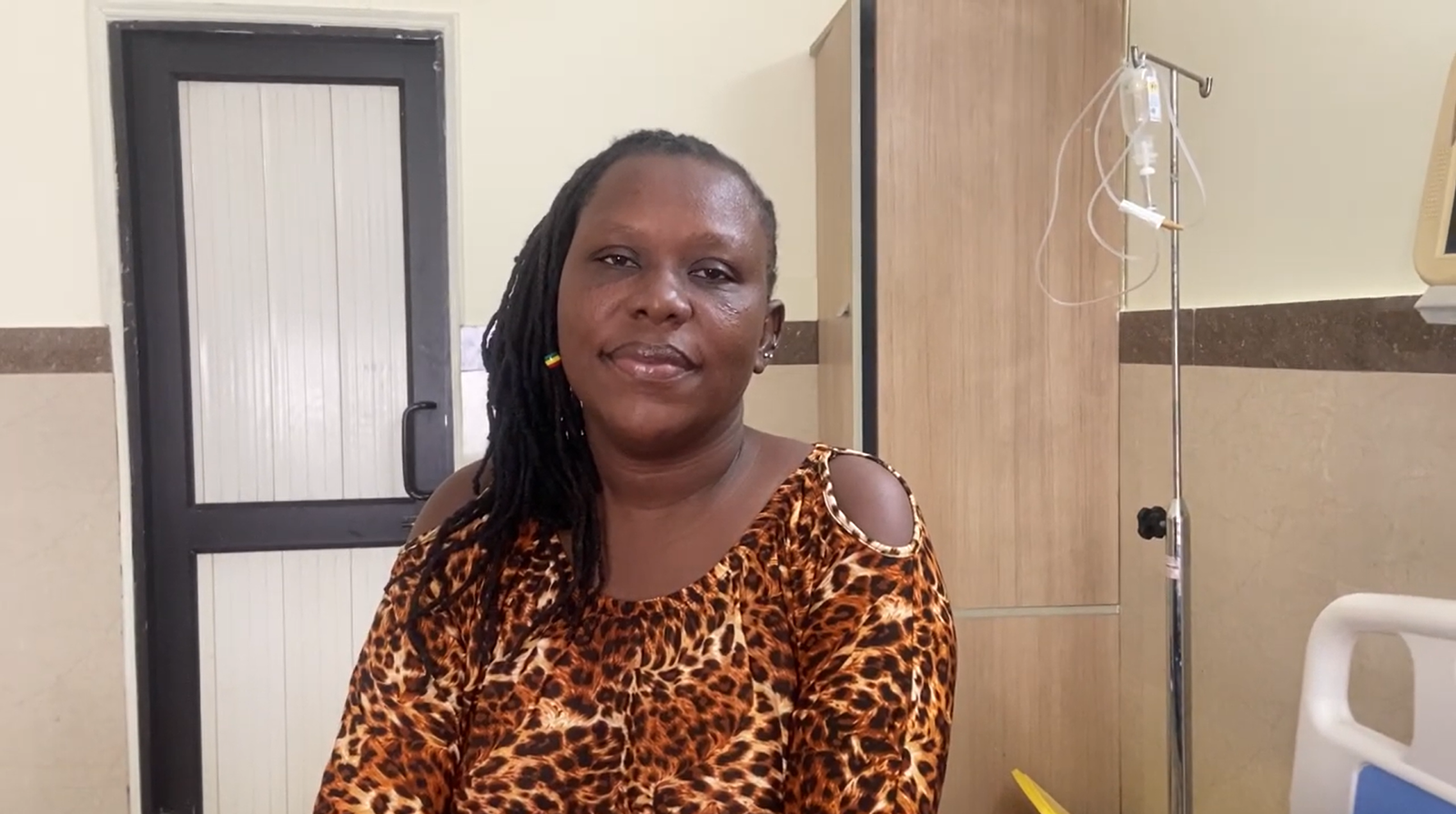
Stem cell therapy for infertility has given us renewed hope. The expertise and..Read More…
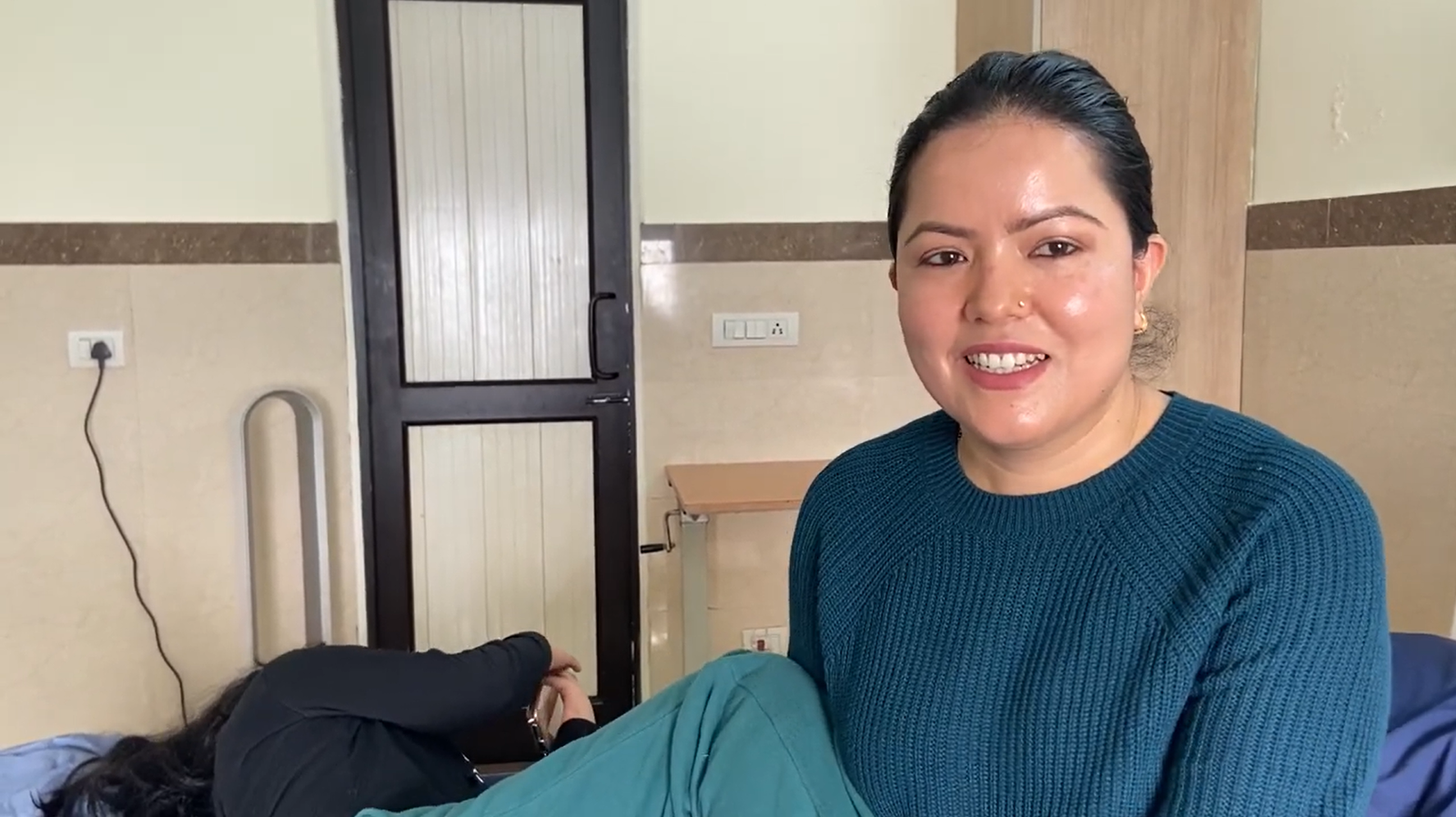
The stem cell treatment for my neurological disease ha.. Read More
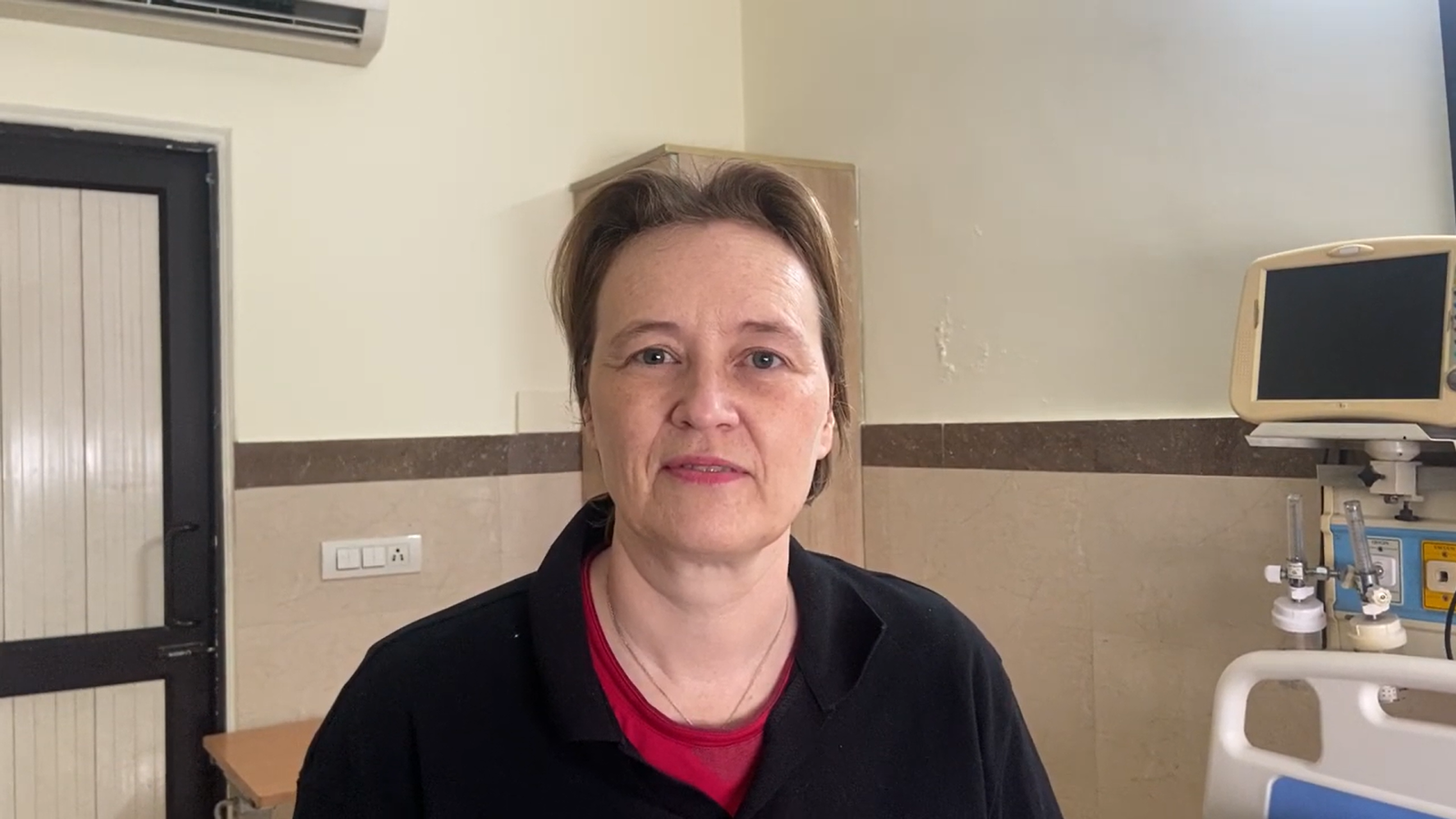
The stem cell treatment for my Chronic Fatigue Syndrome has been transformative… Read more….
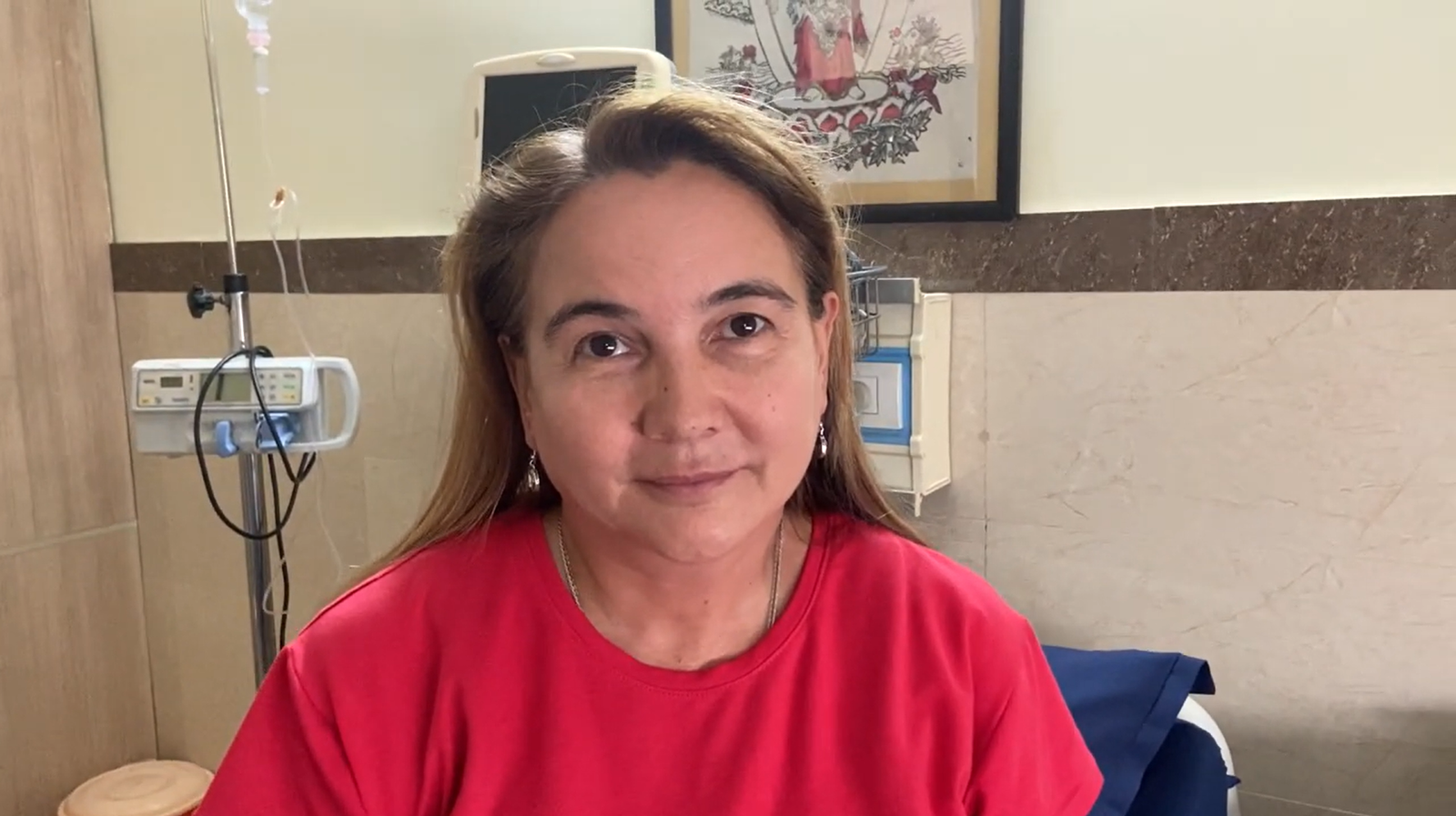
The expert care and attention I received have made managing my condition much easier.. Read
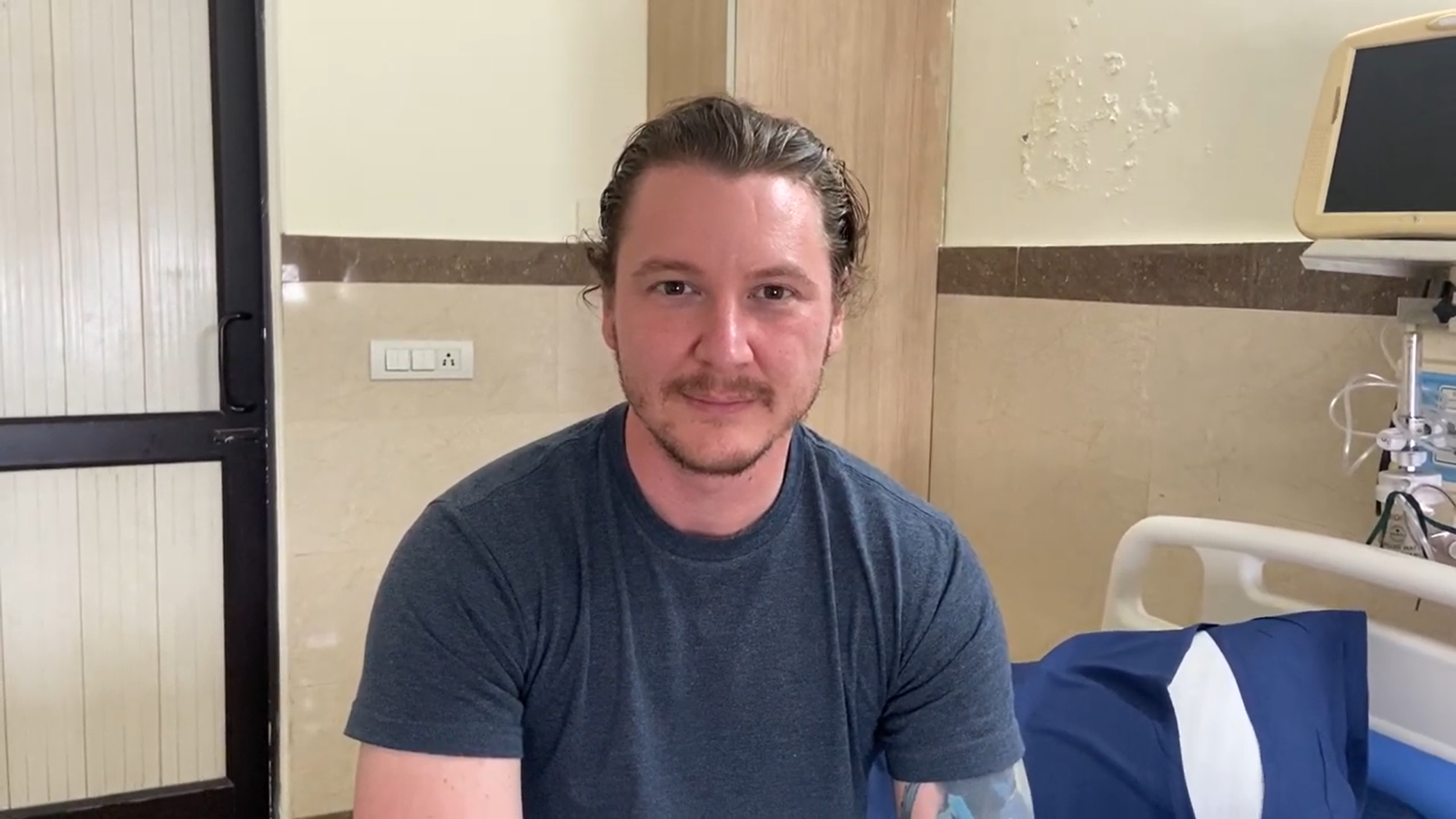
The stem cell treatment for my shoulder pain provided remarkable relief.. Read More…

(+91 ) 7827791242
(+91 ) 7827791242
info@globlaregenex.com
H-23/ B Abul Fazal Enclave, New Delhi - 110025, INDIA